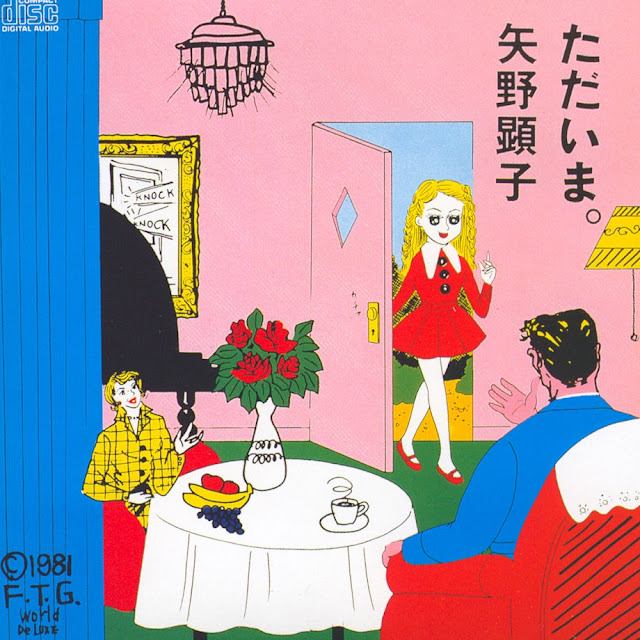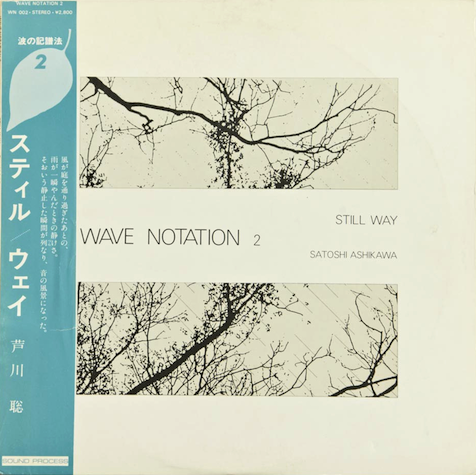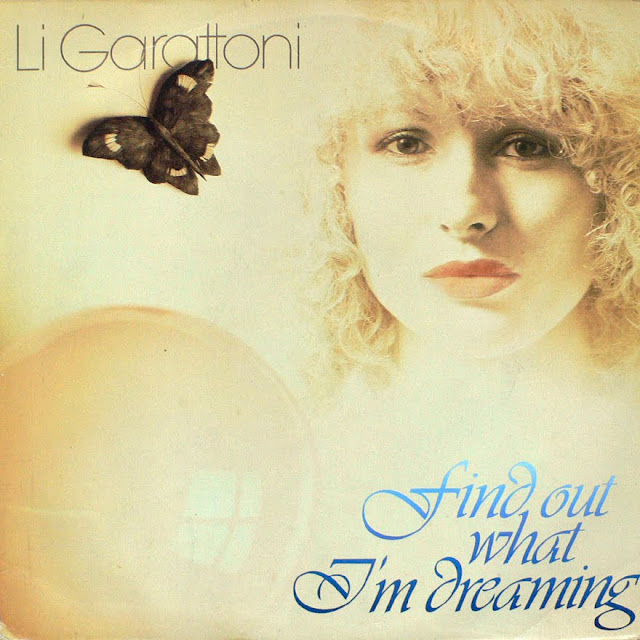
Not for the faint of heart, although I think the cover art should give you a pretty good sense of what you’re in for. Iconic jazz pianist Akiko Yano covers a lot of ground here, ranging from bubblegum reggae to pure, high-toned J-pop to the spronky sample relentlessness of new wave contemporaries like Devo, “Little Girls” era Oingo Boingo, and, yep, YMO. The dream team is in full force here: Haruomi Hosono on bass, Yukihiro Takahashi on drums, Ryuichi Sakamoto on synth, programming by Hideki Matsutake (and–bonus round!–Masami Tsuchiya on guitar). In addition to some masterfully psychotic vocals, Yano-san is also on piano, marimba, electric piano, production, and arrangement. By this time she had already established herself as a fiercely singular writer, producer, and musician, so it’s all the more exciting to hear her explore even broader musical territory here.
Tadaima is best known for tracks like synthetic funk-reggae cupcake “Ashkenazy Who?” and the more unhinged classic “Rose Garden,” where you can hear that signature Sakamoto churn in full effect, but I also love the gleefully gnashing opener “I’m Home” (“Tadaima”) and the strung-out experiment “Iranaimon,” in which Yano speak-sings from far away over a non-melodic collage of synth samples and whirrs that open up more generously with every listen. There’s a lot here for fans of Miharu Koshi. Dense, rewarding, and not for laptop speakers.








